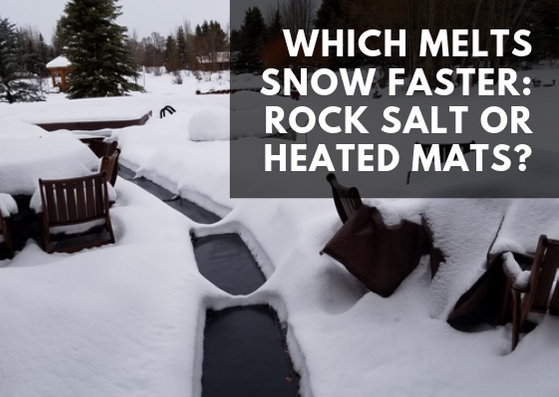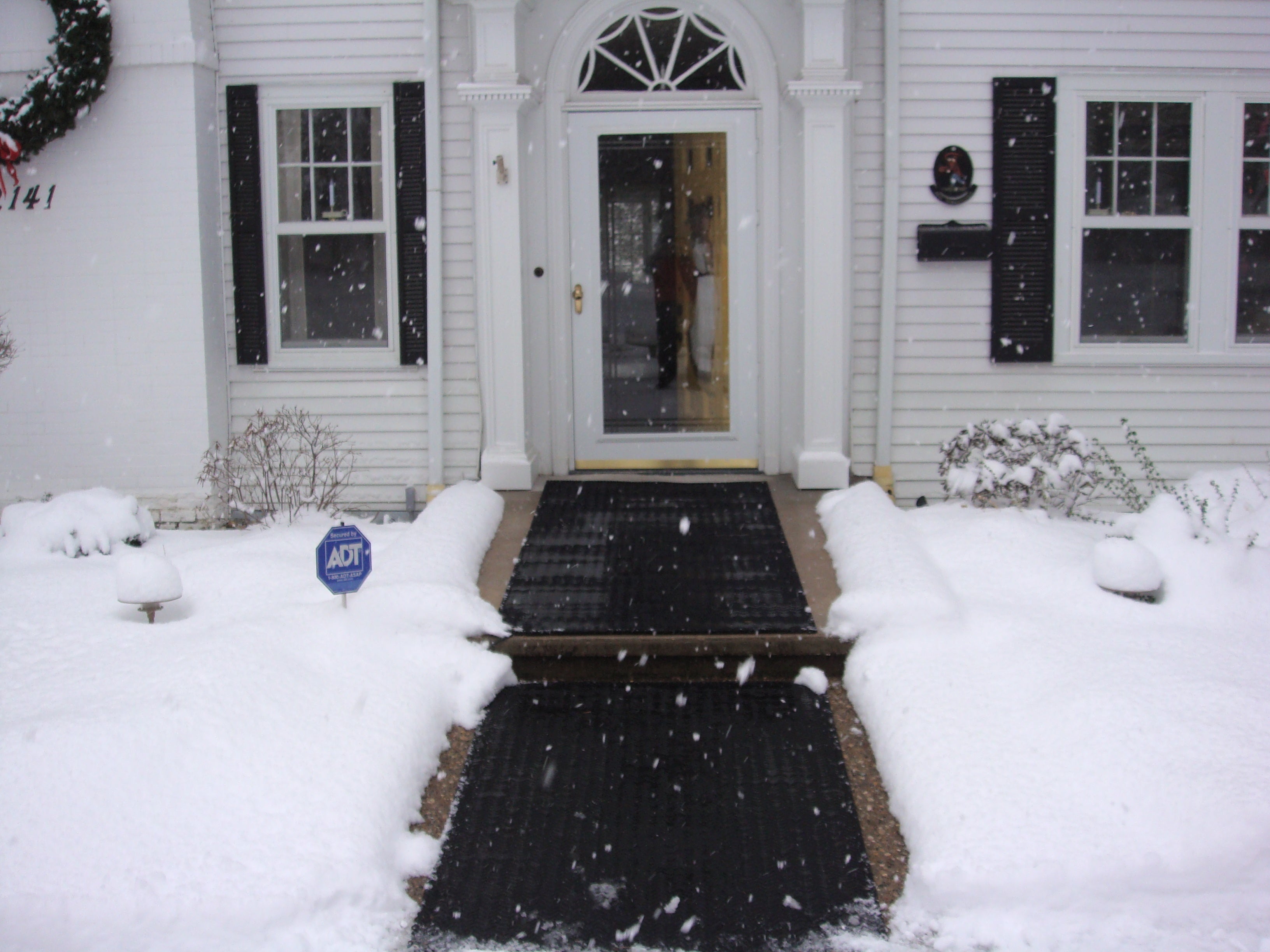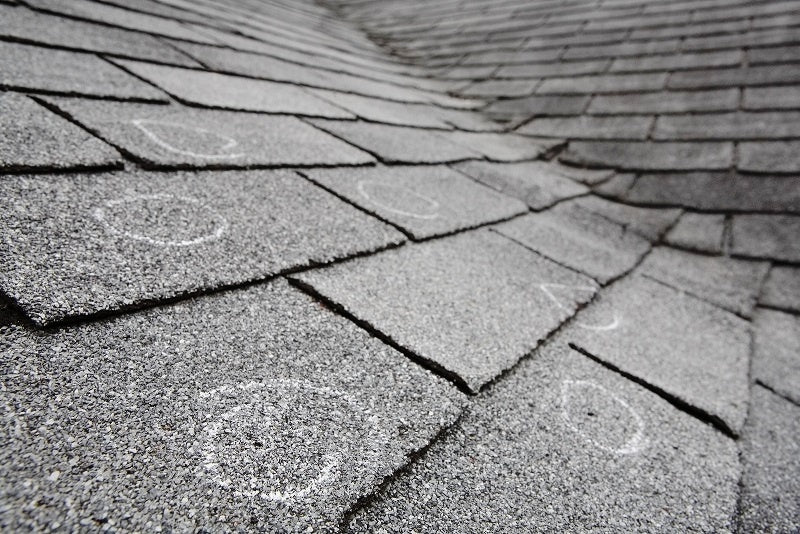
When you’re deciding the best way to manage months of snow-covered driveways, walkways, stairs and entryways in the most efficient and effective way, you’ll want to have all the facts. After all, this decision will dictate how you’ll spend a significant portion of your time during the winter months.
When it comes to the choice between rock salt and heated mats, it’s a matter of the “tried and true” method versus what innovation and technology have to offer today. What it boils down to is: Which method works better and faster?
If you conduct an internet search for “how fast does salt melt ice?,” you’ll come up with all kinds of somewhat interesting but rather unhelpful information. The short answer to this question is “It depends.” So, to answer the first question, about whether rock salt or heated mats works better and faster, it makes sense to take a look at each.
Rock Salt
Basically, rock salt works by lowering the freezing point of water. When it comes in contact with snow it creates a brine solution that starts melting the snow and ice. The more the snow melts, the more the salt dissolves, creating the brine solution that continues acting upon the snow but diluting in the process. The lower the temperature, the more salt is needed, losing its effectiveness once the temperature drops below 25 degrees Fahrenheit.
Because of how it works, it’s difficult, if not impossible, to gauge exactly how fast rock salt melts snow and ice. It depends on (at least) two things: The temperature and the concentration of salt. What we do know is that it is effective at temperatures of 25 degrees Fahrenheit or higher.
Unfortunately, what we also know about rock salt is that it has drawbacks. Among these are its corrosive nature when it comes to concrete and asphalt surfaces; its damaging effect on plants and landscaping; its danger to pets; and its health risks for humans. As well, the approximately 20 million tons of rock salt spread on roadways each year is having an extremely toxic effect on wildlife, plants, water, and soil.
Heated Mats
Heated snow melting mats are technology’s answer to automating the snow-removal process. These mats, made from uniquely designed durable thermoplastics, distribute heat evenly and maintain an average temperature of 40 degrees above the ambient temperature.
The mats are made to remain outdoors all winter, and it’s recommended that they remain plugged in. A snow sensing controller makes it possible for the mats to turn on automatically when moisture is present and temperatures drop below 38 degrees Fahrenheit.
There’s also an option for a wireless remote control outlet and switch, which enables mats to be turned on and off from inside the home by clicking a button. Designed to run efficiently, heated mats cost on average $1 per day to operate.
The technology, design and material quality behind heated mats ensure that the highest electrical safety standards are upheld. Treads on the surface of the mats also provide an added layer of safety for walking surfaces. Once placed and plugged in, these mats are essentially an effortless way to maintain snow-free driveways, stairs, walkways and entryways throughout the wintertime.
And now the burning question: How fast do heated mats melt snow? The answer is an average of about two inches per hour.
When you consider the effort of dispersing rock salt, optimally before and during a storm, as well as the fact that rock salt will melt snow only if temperatures and concentrations are high enough but at an unknown and difficult-to-determine rate, it hardly seems to stand up to the ease and efficiency of heated mats.
A two-year warranty ensures that the quality and integrity of these mats will be upheld, and advances in technology have made them more affordable and efficient than ever. The initial investment in heated mats comes with the value of saving time, effort and money during winter, and that is priceless.


